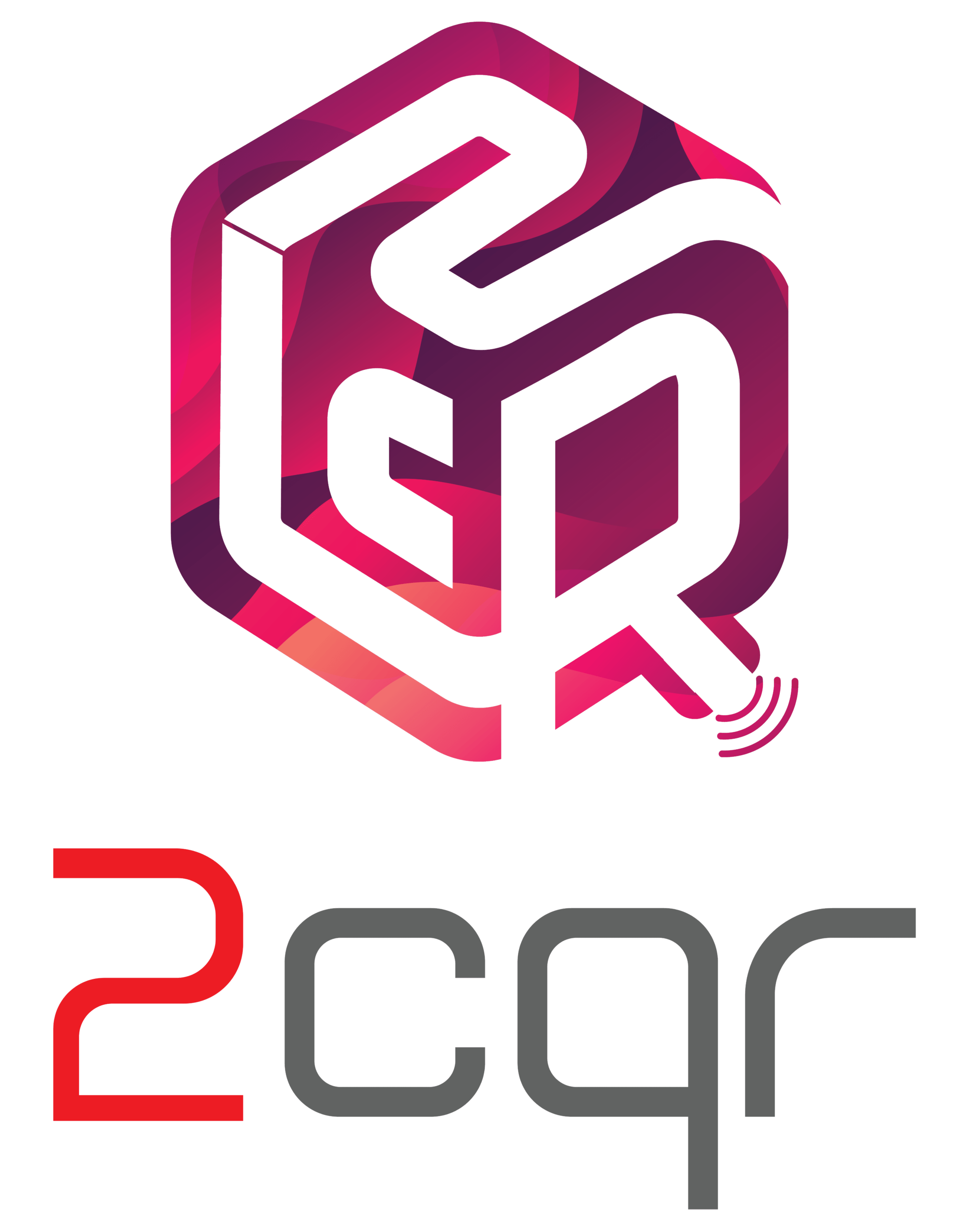The fashion industry has witnessed remarkable advancements in recent years, with technology playing a pivotal role in reshaping various aspects of apparel production, distribution, and retail. Among the key disruptors making waves in the apparel sector is Radio-Frequency Identification (RFID) technology. In this blog, Let’s get into the world of RFID applications within the apparel industry, exploring its incredible versatility and real-life examples that demonstrate its effectiveness

Inventory Management and beyond
RFID technology has enabled retailers to track the movement of each item in their inventory in real-time. RFID tags are embedded in clothing, and when items are scanned manually or by fixed scanners , each and every information of the product including its type , count ,batch no. etc is instantly updated in the database. There is no need for manual counting or manual checking and it also reduces the errors associated with it . This leads to improved stock accuracy while transporting an order, reduced out-of-stock situations in stores , and better supply chain management.
Example : Zara, a leading fashion retailer, uses RFID technology to track the movement of items throughout its supply chain, from manufacturing to stores. RFID tags are attached to each item of clothing, and RFID readers are used to scan the tags as items are received, stored, shipped, and sold. RFID gives Zara real-time visibility into its inventory levels, which helps to prevent stockouts and ensure that customers can always find the items they want.
Case study on RFID implementation in Zara stores
Loss Prevention
Retail theft is a major concern in the fashion industry. RFID tags act as a deterrent to shoplifting, as they are challenging to remove or deactivate. . RFID tags can be used to detect when items are leaving the store without being paid for. This is because RFID tags emit a radio signal that can be picked up by RFID readers. If an item with an RFID tag leaves the store without being deactivated, the RFID reader will alert security. So,When shoplifters attempt to steal RFID-tagged items, alarms are triggered, alerting store personnel to the theft. This proactive approach not only reduces theft incidents but also fosters a safer shopping environment for customers, enhancing overall store security and customer satisfaction.
Example : Macy's, a department store chain began implementing RFID in 2013. By 2016, the company had reported a 15% decrease in shoplifting incidents. In addition to reducing theft, RFID has also helped Macy's to improve inventory accuracy and efficiency.Other retailers have also reported success in using RFID to reduce theft. For example, Target has reported a 40% decrease in shoplifting incidents since implementing RFID.
Amazing Customer Experience
RFID technology enhances the shopping experience for customers in unimaginable ways.
Smart Fitting Rooms : RFID enables smart mirrors in fitting rooms. RFID enabled Smart mirrors can identify the items a customer is trying on and provide additional information, such as available sizes and colors in the touchscreen mirror .Like, If a person is trying a T-shirt from Nike in black colour in Medium size , the mirror gives information about all other variants in it such as white , blue, green and various sizes available for that particular model. Customers can easily request different sizes, colors, or accessories without having to leave the fitting room with a single touch and he store personnel will bring it to them . This creates a personalized and interactive shopping environment.
Interactive Displays : Retailers can use RFID to trigger interactive displays. When customers pick up an item, nearby screens can show related products or styling tips, influencing purchasing decisions.
Example : Rebecca Minkoff, a high-end fashion brand, introduced RFID-enabled fitting rooms. Customers can request different sizes, colors, or accessories through a touchscreen mirror, offering a unique and convenient shopping experience.This technology has tripled their clothing sales

Supply Chain Visibility
RFID tags provide end-to-end visibility in the apparel supply chain. RFID tags can be attached to track the movement of its products from the raw materials stage to the finished product stage. The RFID tags are attached to the products at the manufacturing plant, and they are scanned at each stage of the supply chain. This allows companies to track the location of its products in real time .Companies can then use the data from the RFID tags to improve its supply chain efficiency and to respond quickly to changes in demand. For example, the company can use the data to identify bottlenecks in the supply chain and to make adjustments to production levels. The company can also use the data to predict demand for certain products and to ensure that those products are in stock when customers want them.
Example : Levi Strauss, a denim giant, uses RFID to trace the journey of its products. The company began using RFID in 2016, and it has since rolled out the technology to all of its manufacturing plants and distribution centers due to its massive success.
Here is a case study on the success of RFID technology in Levi’s supply chain
Brand authentication and Counterfeit Prevention
Counterfeit fashion products are a significant problem for the industry. RFID technology can be used to verify the authenticity of products. Consumers can scan RFID tags of their products with their smartphones to confirm the product's origin, ensuring they purchase genuine items.
Example : The luxury brand Gucci employs RFID tags to authenticate its products.This adds an extra layer of trust to the brand and helps to protect customers from counterfeiting. Gucci began using RFID tags in 2016.. The RFID tags are embedded in the products at the manufacturing plant, and they contain unique information about the product, such as the product code, serial number, and date of manufacture. Customers can use the Gucci app to scan the RFID tag on their product to verify its authenticity. The app will check the information on the RFID tag against Gucci's database to ensure that the product is genuine. If the product is authentic, the app will display a message confirming its authenticity. If the product is not authentic, the app will display a message warning the customer.
The use of RFID tags for authentication is becoming increasingly common in the luxury goods industry. Other luxury brands, such as Louis Vuitton, Chanel, and Cartier, also use RFID tags to authenticate their products.
In conclusion, RFID applications have significantly impacted the apparel industry, leading to enhanced inventory management, reduced theft, improved customer experiences, transparent supply chains, and effective counterfeit prevention. The real-life examples provided demonstrate how leading fashion brands are leveraging this technology to stay competitive and meet the evolving demands of their customers. As RFID technology continues to evolve, it will likely play an even more prominent role in shaping the future of the fashion industry.
Click here to know more about the latest RFID solutions for Textile / Garments / Apparel Industry.
